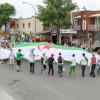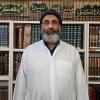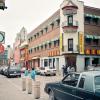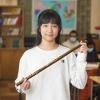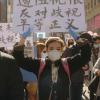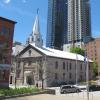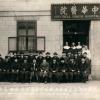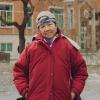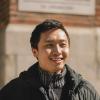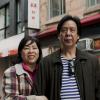In 2010, the Algerian community in Montréal rallied around their national soccer team, which had qualified for the FIFA World Cup for the first time since 1986.
The first Maghrebi immigrants settled in Montréal in the 1950s. Forty years later, large numbers of students and asylum seekers from Tunisia, Algeria, and Morocco—known collectively as the Maghreb—followed in their footsteps.
Today’s Chinatown faces pressing urban development challenges. A number of groups are working to make the neighbourhood a good place to live—and one that proudly displays its cultural heritage.
The Chinese immigrant population in Montréal has increased dramatically over the past two decades. In 2016, it accounted for 5.1% of recent immigrants to the city.
Since its beginnings, Montréal’s Chinese community has repeatedly mobilized against racism and xenophobia. Today, it is speaking out once again—this time against gentrification, anti-Asian racism, and intolerance.
The Chinese Catholic Mission was officially established on rue de La Gauchetière in 1922. In 1957, it welcomed Father Thomas Tou, Montréal’s first Chinese-born priest.
The Chinese Hospital, founded in 1918, is one of the emblems of Montréal’s Chinese-speaking community. A statue of Confucius watches over the unique institution.
A musician by night and an activist by day, Janet Lumb brims with energy. With sparkling eyes, she builds bridges between communities to encourage intercultural and intergenerational exchange.
As a “1.5 generation” immigrant, Shu De He grew up straddling two cultures.
Ju Ming Zhou and Hui Qing Liang came to Montréal in 1993. Twelve years later, they carried on the family tradition by opening a bakery specializing in Guangzhou pastries.
